Christian Alrabbaa
Why Not? Explaining Missing Entailments with Evee (Technical Report)
Aug 15, 2023Abstract:Understanding logical entailments derived by a description logic reasoner is not always straight-forward for ontology users. For this reason, various methods for explaining entailments using justifications and proofs have been developed and implemented as plug-ins for the ontology editor Prot\'eg\'e. However, when the user expects a missing consequence to hold, it is equally important to explain why it does not follow from the ontology. In this paper, we describe a new version of $\rm E{\scriptsize VEE}$, a Prot\'eg\'e plugin that now also provides explanations for missing consequences, via existing and new techniques based on abduction and counterexamples.
On the Eve of True Explainability for OWL Ontologies: Description Logic Proofs with Evee and Evonne
Jun 15, 2022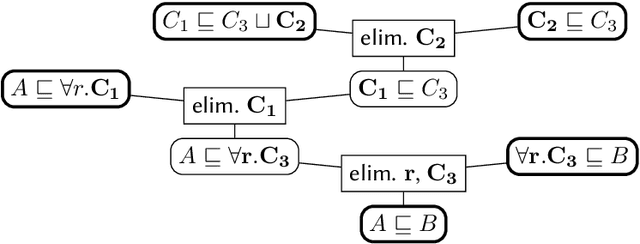
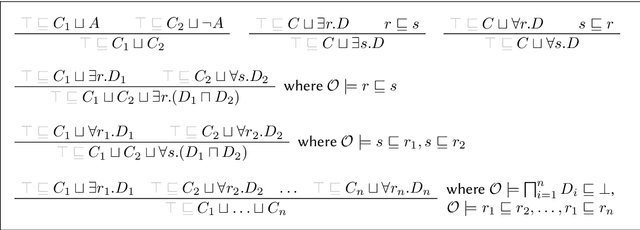

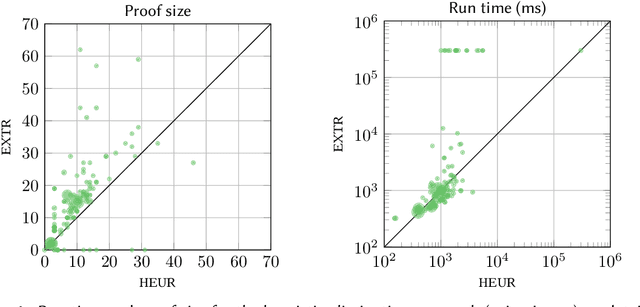
Abstract:When working with description logic ontologies, understanding entailments derived by a description logic reasoner is not always straightforward. So far, the standard ontology editor Prot\'eg\'e offers two services to help: (black-box) justifications for OWL 2 DL ontologies, and (glass-box) proofs for lightweight OWL EL ontologies, where the latter exploits the proof facilities of reasoner ELK. Since justifications are often insufficient in explaining inferences, there is thus only little tool support for explaining inferences in more expressive DLs. In this paper, we introduce EVEE-LIBS, a Java library for computing proofs for DLs up to ALCH, and EVEE-PROTEGE, a collection of Prot\'eg\'e plugins for displaying those proofs in Prot\'eg\'e. We also give a short glimpse of the latest version of EVONNE, a more advanced standalone application for displaying and interacting with proofs computed with EVEE-LIBS.
Evonne: Interactive Proof Visualization for Description Logics (System Description) -- Extended Version
May 19, 2022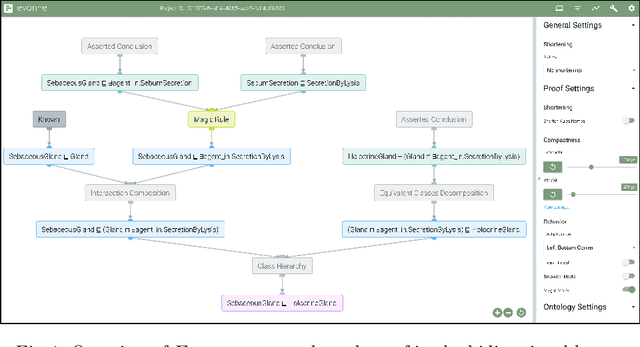
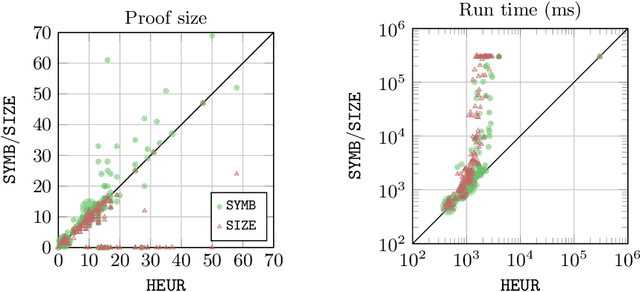
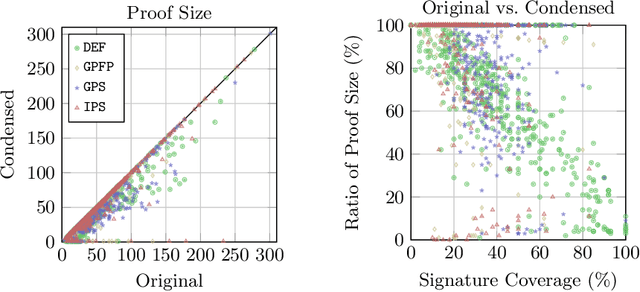
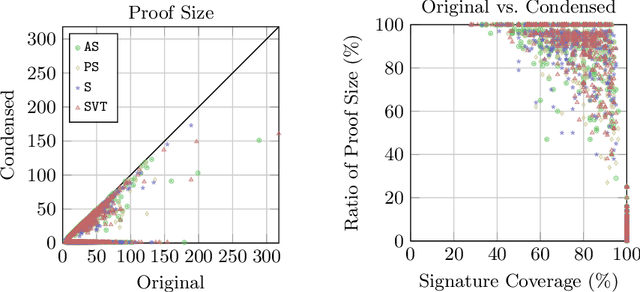
Abstract:Explanations for description logic (DL) entailments provide important support for the maintenance of large ontologies. The "justifications" usually employed for this purpose in ontology editors pinpoint the parts of the ontology responsible for a given entailment. Proofs for entailments make the intermediate reasoning steps explicit, and thus explain how a consequence can actually be derived. We present an interactive system for exploring description logic proofs, called Evonne, which visualizes proofs of consequences for ontologies written in expressive DLs. We describe the methods used for computing those proofs, together with a feature called signature-based proof condensation. Moreover, we evaluate the quality of generated proofs using real ontologies.
Finding Good Proofs for Description Logic Entailments Using Recursive Quality Measures (Extended Technical Report)
Apr 27, 2021

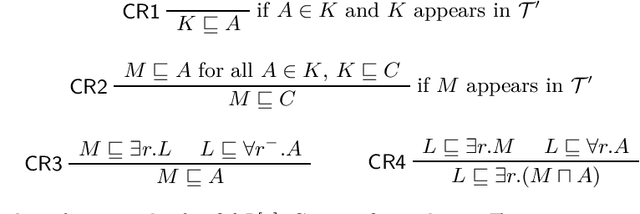
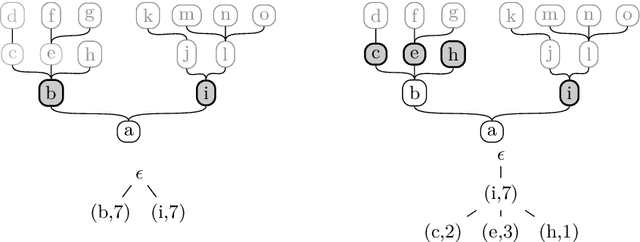
Abstract:Logic-based approaches to AI have the advantage that their behavior can in principle be explained to a user. If, for instance, a Description Logic reasoner derives a consequence that triggers some action of the overall system, then one can explain such an entailment by presenting a proof of the consequence in an appropriate calculus. How comprehensible such a proof is depends not only on the employed calculus, but also on the properties of the particular proof, such as its overall size, its depth, the complexity of the employed sentences and proof steps, etc. For this reason, we want to determine the complexity of generating proofs that are below a certain threshold w.r.t. a given measure of proof quality. Rather than investigating this problem for a fixed proof calculus and a fixed measure, we aim for general results that hold for wide classes of calculi and measures. In previous work, we first restricted the attention to a setting where proof size is used to measure the quality of a proof. We then extended the approach to a more general setting, but important measures such as proof depth were not covered. In the present paper, we provide results for a class of measures called recursive, which yields lower complexities and also encompasses proof depth. In addition, we close some gaps left open in our previous work, thus providing a comprehensive picture of the complexity landscape.
 Add to Chrome
Add to Chrome Add to Firefox
Add to Firefox Add to Edge
Add to Edge